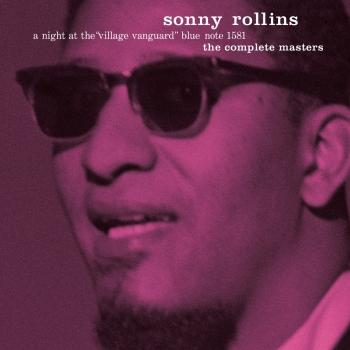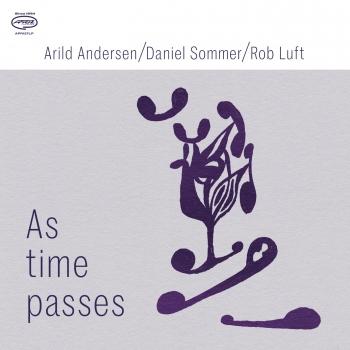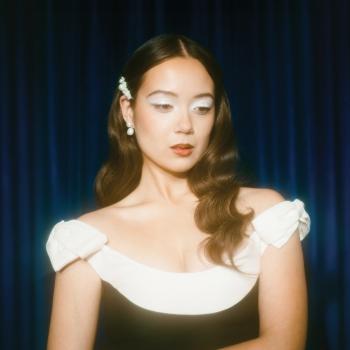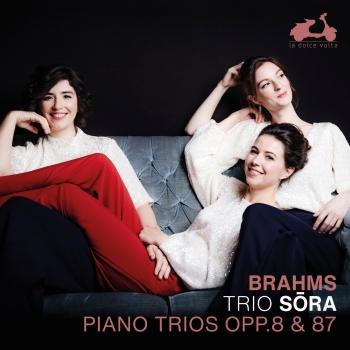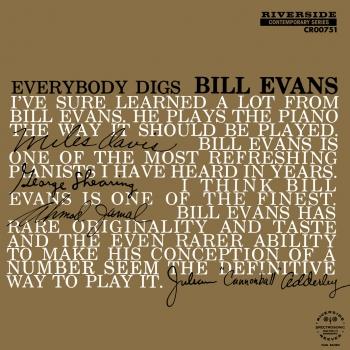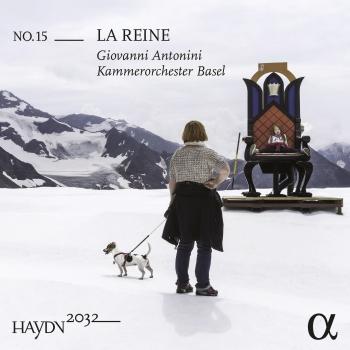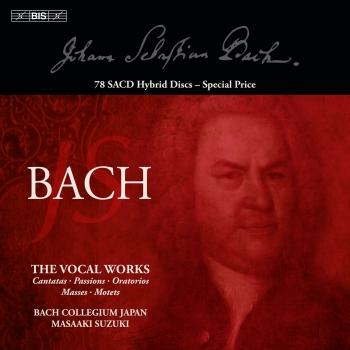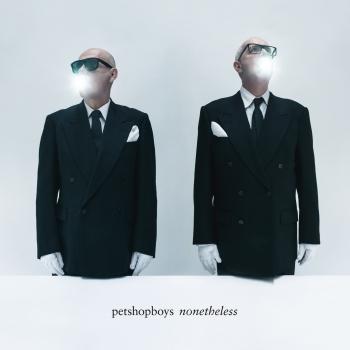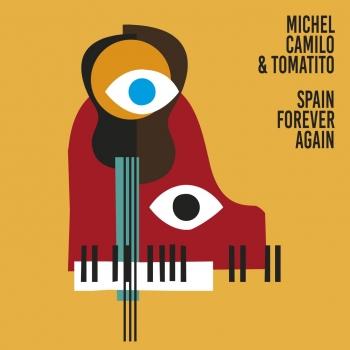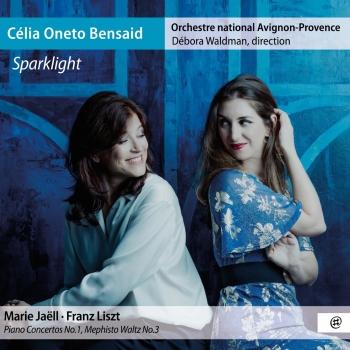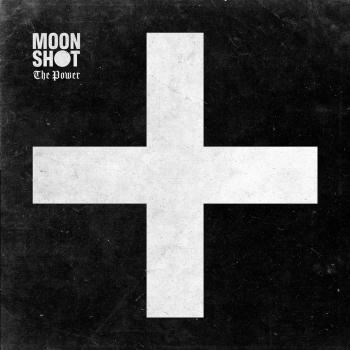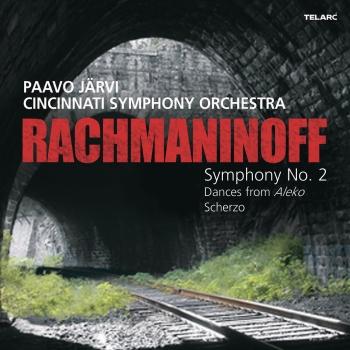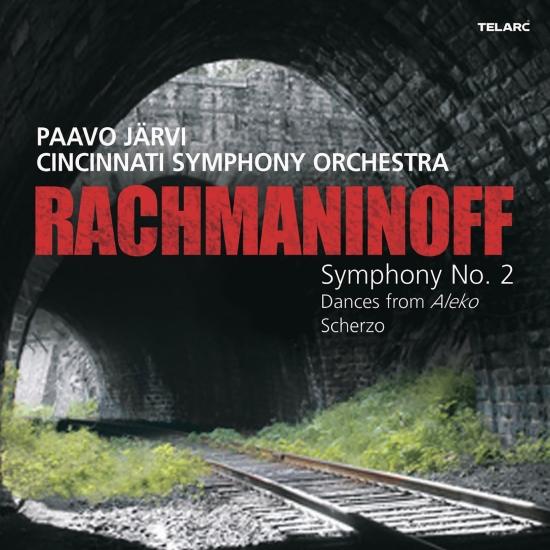
Rachmaninoff: Symphony No. 2 in E Minor, Dances from Aleko & Scherzo in D Minor (Remastered) Cincinnati Symphony Orchestra & Paavo Järvi
Album info
Album-Release:
2007
HRA-Release:
27.10.2023
Label: Craft Recordings
Genre: Classical
Subgenre: Orchestral
Artist: Cincinnati Symphony Orchestra & Paavo Järvi
Composer: Sergei Rachmaninoff (1873-1934)
Album including Album cover
I`m sorry!
Dear HIGHRESAUDIO Visitor,
due to territorial constraints and also different releases dates in each country you currently can`t purchase this album. We are updating our release dates twice a week. So, please feel free to check from time-to-time, if the album is available for your country.
We suggest, that you bookmark the album and use our Short List function.
Thank you for your understanding and patience.
Yours sincerely, HIGHRESAUDIO
- Sergei Rachmaninoff (1873 - 1943): Symphony No. 2 in E Minor, Op. 27:
- 1Rachmaninoff: Symphony No. 2 in E Minor, Op. 27: I. Largo - Allegro moderato18:05
- 2Rachmaninoff: Symphony No. 2 in E Minor, Op. 27: II. Allegro molto09:53
- 3Rachmaninoff: Symphony No. 2 in E Minor, Op. 27: III. Adagio14:42
- 4Rachmaninoff: Symphony No. 2 in E Minor, Op. 27: IV. Allegro vivace13:03
- Scherzo in D Minor:
- 5Rachmaninoff: Scherzo in D Minor04:58
- Aleko:
- 6Rachmaninoff: Aleko: Women's Dance04:12
- 7Rachmaninoff: Aleko: Men's Dance04:55
Info for Rachmaninoff: Symphony No. 2 in E Minor, Dances from Aleko & Scherzo in D Minor (Remastered)
Symphony No. 2 in E Minor, Scherzo and Dances from Aleko mark 11th Telarc/Järvi recording. The repertoire includes Symphony No. 2 in E Minor, Opus 27, well known for its romantic slow-movement theme; Dances from Aleko; and a Scherzo dating from the composer’s early years at the Moscow Conservatory.
“I love core repertoire, and Rachmaninoff’s Symphony No. 2 is a sweeping example of the Russian symphonic tradition and perhaps the most popular of his orchestral works,” said Järvi. “It’s also exciting to become familiar with Rachmaninoff’s lesser-known gems such as the two gypsy dances from Aleko and the charming little Scherzo from 1888.”
After the unfortunate premiere of Rachmaninoff’s First Symphony in 1895 (when the conductor, Alexander Glazunov, reportedly took the podium while “under the influence”), the Second Symphony reaffirmed Rachmaninoff as a symphonist in 1908. It is a large-scale work with signature Rachmaninoff touches such as brooding shifts from dark to lyric and a meltingly beautiful love theme.
The opera Aleko, based on a story by Pushkin about social clashes, dates from 1892 and was a graduation project assigned to Rachmaninoff and two fellow students at the Moscow Conservatory. Rachmaninoff wrote two gypsy dances – The Women’s Dance and The Men’s Dance – which earned the highest honors from his conservatory panel. The Women’s Dance evokes a dusky, exotic mood while The Men’s Dance is folk-like and rhythmic in character.
The 1888 Scherzo was Rachmaninoff’s first orchestral effort. The composer “had just transferred to the Moscow Conservatory, and wrote it at the suggestion of Nicolay Zverev, his piano teacher, with whom he was living,” writes Kyle Gann in the album liner notes. “The manuscript was marked ‘Scherzo, Second Part’ but no evidence survives of what larger work the student might have considered this a movement of. The premiere waited until November 2, 1945.”
"I love core repertoire, and Rachmaninoff's Symphony No. 2 is a sweeping example of the Russian symphonic tradition and perhaps the most popular of his orchestral works," says Paavo Järvi. "It's particularly exciting to record Rachmaninoff's lesser-known gems such as the two gypsy dances from Aleko and the charming little Scherzo from 1888." We hardly remember today that Rachmaninoff started out as an opera composer, but the 1893 premiere of his student opera Aleko was his first big public break - not so much for its public reception as for the fact that it won over Tchaikovsky as an advocate. After a period of depression, Rachmaninoff composed his Second Symphony, which was embraced by the public and proved the composer to be a symphonist. Also in this recording is the Mendelssohnian Scherzo in resolutely unvarying D-minor that Rachmaninoff wrote in 1888 (it was his first attempt for orchestra). This recording is a wonderful representation of two of Rachmaninoff's early works paired with his most well known orchestral work. Personnel: Cincinnati Symphony Orchestra, Paavo Jarvi - (conductor)
Cincinnati Symphony Orchestra
Paavo Järvi, conductor
Digitally remastered
No biography found.
This album contains no booklet.

